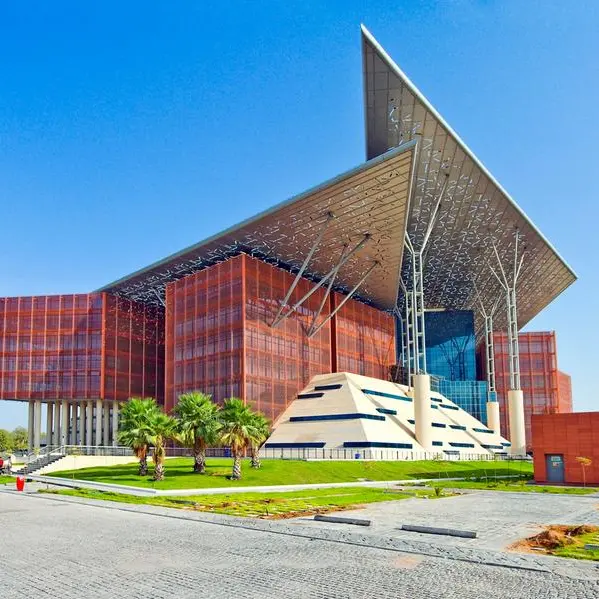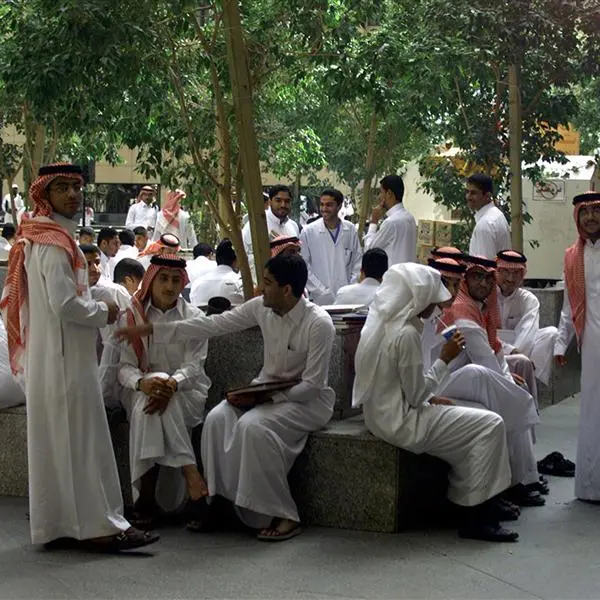PHOTO
The number of hacker attacks directed at UAE residents has consistently been on the rise - and this year, most have been targeted through e-mails and malicious URLs, according to executives of security software firms.
Bilal Baig, director for system engineering for Mediterranean, Middle East and Africa at Trend Micro, said 65 million e-mail threats were detected and blocked in Mena region this year and the highest numbers of URL threats were detected in the UAE at over 14 million.
Although industry estimates show that the Middle East spends about $3 billion (Dh11 billion) on cyber security, people are still exposed to attacks - because they open malicious links sent through e-mails and apps like WhatsApp and messenger without reading what the message was about, Baig said.
He also revealed that attackers use 'exploit kits', which are available online, against UAE residents and enterprises, and the numbers reached 5,700 in 2019.
"The challenge here is fileless malware as hackers use different techniques. They are using legitimate tools to target people. We have seen CEOs being targeted in the UAE and KSA but not at a large scale.
"This is the most sophisticated attack because it is purely social engineering as it doesn't involve any URL, attachment and files. The attacker just injects himself in the e-mail conversation and then demands transfer of money to his account," he added.
Most targeted
Anand Choudha, CEO and president of Spectrami, said the Middle East has been one of the most targeted regions in the world because attackers think that the security network here is "not robust".
"Phishing attacks, such as people seeking favours, were old form of attacks. Now, attackers study behaviour patterns of the victims for a month or so, and then approach people in their contacts, pretending to be you to extract money," he added. He noted that, over the years, enterprises invested in expansion but not in security in the region.
Malwares in your phone
Haider Pasha, CSO for emerging markets at Palo Alto Networks, said one of the major threats facing people in the UAE is malware due to the fact that many residents fail to protect their mobile phones, leaving them prone to malwares like ransomware and ID theft, which continue to rise in the region and globally.
"People continue to share a lot of personal data and information online, and particularly on social media sites, allowing cybercriminals to glean a significant amount of information about individuals that can then be used for social engineering attacks," Pasha said.
"For example, the hacker may stage a targeted attack by sending a message purportedly from your friend or a work colleague. This can dramatically increase their chances of gaining entry to your system. Cybercriminals are always on the lookout for simple vulnerabilities on devices."
He said hacking threats are not only on the rise, they are also becoming more sophisticated, combining different types of attack and making use of automation to increase the chances of a successful hack.
"With automation, malware can automatically adapt its techniques using automated threat intrusion."
Toufic Maalouf, regional account manager for Middle East at Acronis, also believes that the biggest threat to UAE consumers is from phishing e-mails.
"Attackers are cloning social media to get access to people's accounts. People sometimes believe that they are talking to friends but actually they are impersonators," he said, adding that the malware attacks increased by 12 per cent in the first three months of 2019.
He noted that the UAE is one of the most digital-savvy countries in the Middle East, a position that makes it more vulnerable to cyber-attacks due to its high digital consumer adoption.
Copyright © 2019 Khaleej Times. All Rights Reserved. Provided by SyndiGate Media Inc. (Syndigate.info).












